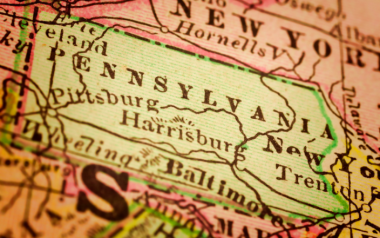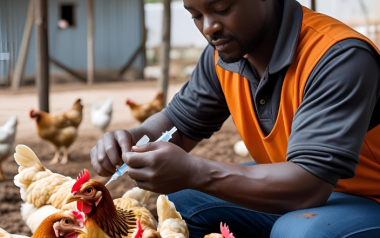11 Nov 2022
Biofilm, the survival strategy of microorganisms
Biofilm development is a common way of the growth of microorganisms in nature. It is currently considered that under suitable...
Content available at:
Español (Spanish) Português (Portuguese (Brazil))
Biofilm development is a common way of the growth of microorganisms in nature. It is currently considered that under suitable environmental conditions, most microorganisms can form it.
What are biofilms?
- Complex communities of microorganisms
- They grow attached to an inert or living surface
Its presence is very common in water distribution systems in poultry farms. Since these formations can contain pathogenic microorganisms and have a greater resistance to disinfection, the chances of contamination of the water are increased, and this is a vector of transmission of pathologies, which is why it is considered that the presence of biofilms in pipe surfaces constitute an obvious risk to the health of our birds.
In addition to the risk of contamination, its development can interfere with different drug treatment supply processes and clog pipes and teats.
Biofilm development
Biofilm development is a common way of the growth of bacteria in nature. It is currently considered that under suitable environmental conditions, most microorganisms can form it.
The process of biofilm formation, adherence, maturation, dispersion and recovery, barely develops in 5 days
- Phase 1
Reversible adherence of bacteria to the surface. A weak union of the bacteria with the substrate occurs in just 1 minute.
- Phases 2 and 3
Irreversible adhesion to the surface, with an initial stage of maturation with growth and division of the microorganism, a subsequent stage of production of the exopolymer -EPS- and the final development of the colony with a dispersion of colonizing cells. Irreversible bonds need to form between 20 minutes and 4 hours.
- Phase 4
Growth and maturation. After adhesion and the initial maturation stage with growth and division, the resulting bacterial cells develop around the attachment site, forming a microcolony. An organized colony will grow if conditions are suitable for sufficient biofilm growth. It adapts to nutrients, oxygen, and population changes throughout its maturation stage. It is estimated that the development of this phase is 2 to 4 days.
- Phase 5
Spread of colonizing cells. Finally, some bacteria from the biofilm matrix are released from it to be able to colonize new surfaces, closing or starting the cycle.
Survival strategy
The formation of biofilms is an adaptive
TO CONTINUE READING REGISTER IT IS COMPLETELY FREE
Access to articles in PDF
Keep up to date with our newsletters
Receive the magazine for free in digital version
REGISTRATION
ACCESS
YOUR ACCOUNT
LOGIN
Lost your password?







































